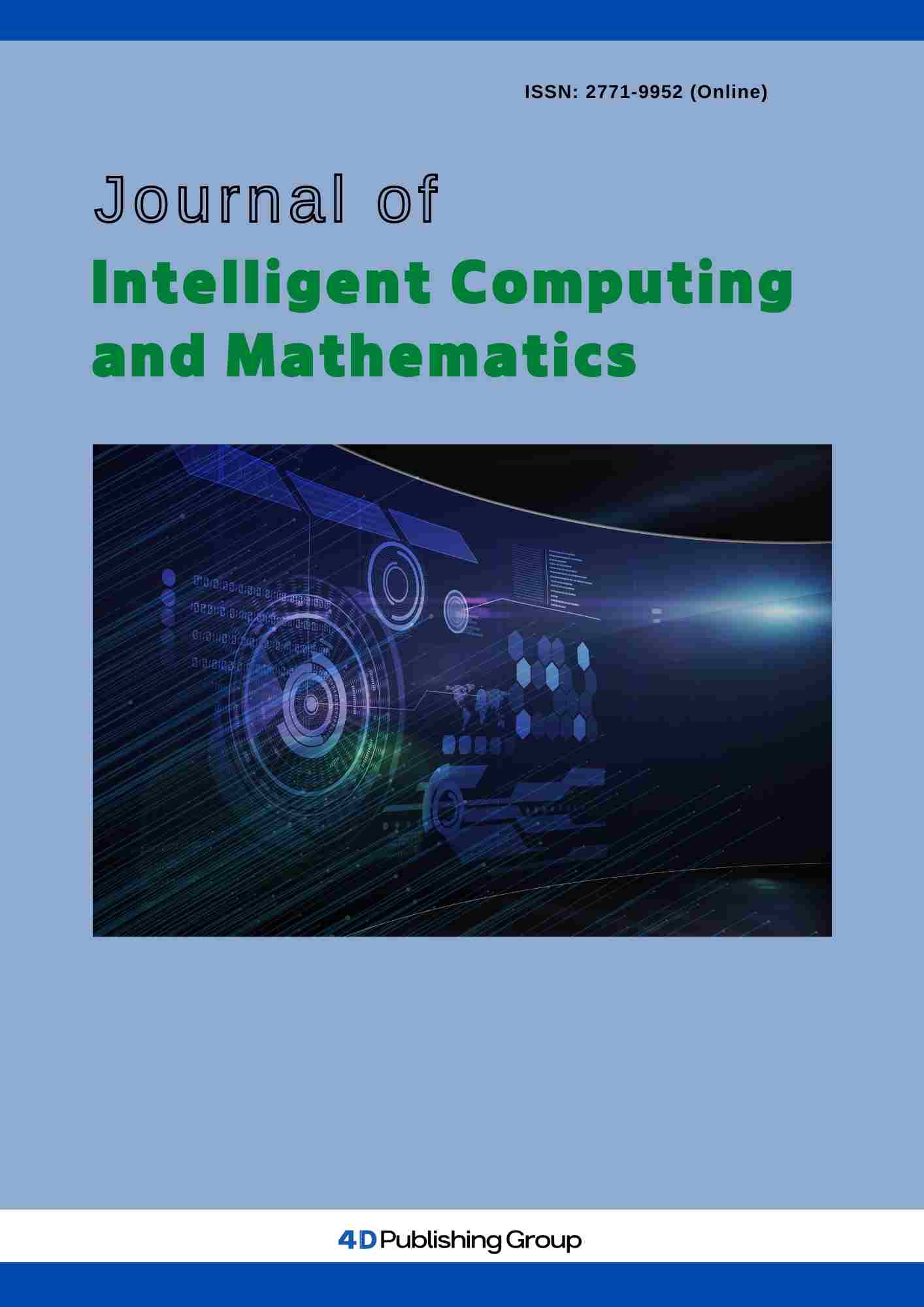
Journal of Intelligent Computing and MathematicsOpen Access
Journal of Intelligent Computing and Mathematics[JICM] is an international peer-reviewed journal that publishes original and high-quality research papers in all related areas. All papers published will be open access to all readers. To build a platform for scientific research and academic exchange for scholars, focusing on the development and research, introducing worldwide research, theory and practice, and promoting international exchanges.
ISSN: N/A (Print)
Frequency: Bimonthly
ISSN: 2771-9952 (Online)
Website: https://doi.org/10.55571/jicm
Email: journal@4dpublishinggroup.com / jicm@4dpublishinggroup.com
Indexing and Abstracting:Google Scholar; CrossRef; ResearchBib; WorldCat; CiteFactor
Email: journal@4dpublishinggroup.com / jicm@4dpublishinggroup.com
Indexing and Abstracting:Google Scholar; CrossRef; ResearchBib; WorldCat; CiteFactor
Importance of Strategic Environmental Assessment (Sea) Process and Environmental Health Impact Assessment (Ehia) Process Towards Sustainable Climate Change And Control
DOI:https://doi.org/10.55571/jicm.2024.01027
Authors:Vijayan Gurumurthy Iyer
Affiliation:
IyerBihar Institute of Public Administration & Rural Development (BIPARD), Gaya, India
Techno-Economic-Environmental Study and Check Consultancy Services, A-2/31, Kendriya Vihar-II, Paruthipattu, Avadi, Chennai-600 071, India
Faculty Consultant (Environmental Climate Change and Control), C/O BIPARD, Gaya, Bihar, India
Information:Publication Date: 2 February 2024
Authors:Vijayan Gurumurthy Iyer
Affiliation:
IyerBihar Institute of Public Administration & Rural Development (BIPARD), Gaya, India
Techno-Economic-Environmental Study and Check Consultancy Services, A-2/31, Kendriya Vihar-II, Paruthipattu, Avadi, Chennai-600 071, India
Faculty Consultant (Environmental Climate Change and Control), C/O BIPARD, Gaya, Bihar, India
Information:Publication Date: 2 February 2024
Abstract:Abstract. The resource conservation and recovery (RCR) method has been devised prior to environmental health impact assessment (EHIA) process for certain projects such as nuclear power plants (Vijayan Gurumurthy Iyer, 2004) . Strategic environmental assessment (SEA) process can be broadly defined as a study of the impacts of a proposed project, plan, project, policy or legislative action on the environment and sustainability. Vijayan Gurumurthy Iyer (2022) mentioned that the root cause problem solution for ozone layer depletion potential (OLP) impact, global warming potential (GWP) impact and green house synergic (augmentative) gas (GHG) emission impact in context to industrial, source specific and generic plants that are measured, monitored and mitigated by international environmental impact assessment process (Figure-3) for the sustainable environmental climate change and control. In this research, SEA process has been aimed in order to incorporate environmental and sustainability factors in to project planning and decision making process such as project formulation and appraisal of Indo-Matsushita midget electrode (battery carbon rod) plant in 1979 at Tada, and proposed Nawada Nuclear power plants industrial, source specific and generic plants processing that should have included policies, programs, plans and legislative actions. Sustainable development is a kind of development that meets the needs of the present without compromising the ability and efficacy of future generations to meet their own needs. Environmental Impact Assessment (EIA) process can be defined as the systematic study and check of the potential impacts (effects) of proposed projects, plans, programs, policies or legislative actions relative to the physical-chemical, petrol-chemical, biological, cultural, and socioeconomic components of the total environment. The primary purpose of the EIA process is to encourage the consideration of the environment in organizational project planning and decision making process and to arrive at actions that are environmentally compatible. Organization process and product planning should include the integrated consideration of technical or engineering, economic, environmental, safety, and health, social and sustainability factors to achieve business excellence. Prior to the National Environmental Policy Act (NEPA) process in 1970 in the USA, technical and economic factors dominance the World’s projects. The objective of the study is to conceptualize SEA process for the climate change and pollution control. The design of the study is cross sectional. Environmental Health Impact Assessment (EHIA) process has been conducted for nuclear power plant to consider the environmental health quality, safety and health impacts to mitigate psychological health effects on workers and nearby residents. Social Impact Assessment (SIA) process can be defined as the systematic identification and evaluation of the potential social impacts (effects) of proposed projects, plans, programs, or legislative actions such that social consideration is encouraged in process and to arrive at actions that are socially compatible with reference to a proposed nuclear power project at Rajouli, Nawada District, Magadh District . Nawada is in southern Bihar and is well known for its natural beauty. Water fall and forest ecosystem makes Nawada is a sustainable town in Southern Bihar.
Keywords: Climate, Conservation, Resource, Recovery, Nuclear, Climate Education, Embed, Environment,
Cite This Article:Iyer V. G. (2024). Importance of Strategic Environmental Assessment (Sea) Process and Environmental Health Impact Assessment (Ehia) Process Towards Sustainable Climate Change And Control. Journal of Intelligent Computing and Mathematics, Vol.3, No.1, pp 70-93. https://doi.org/10.55571/jicm.2024.01027
Keywords: Climate, Conservation, Resource, Recovery, Nuclear, Climate Education, Embed, Environment,
Cite This Article:Iyer V. G. (2024). Importance of Strategic Environmental Assessment (Sea) Process and Environmental Health Impact Assessment (Ehia) Process Towards Sustainable Climate Change And Control. Journal of Intelligent Computing and Mathematics, Vol.3, No.1, pp 70-93. https://doi.org/10.55571/jicm.2024.01027
